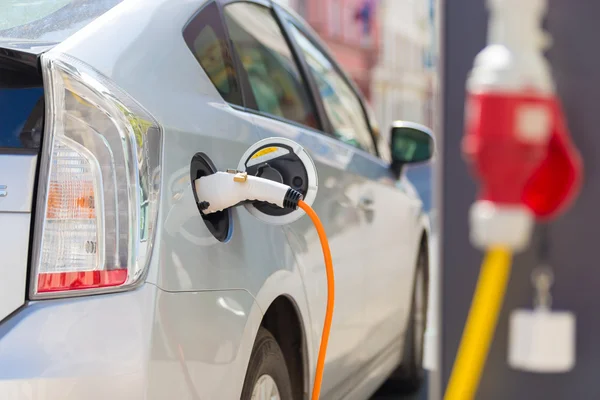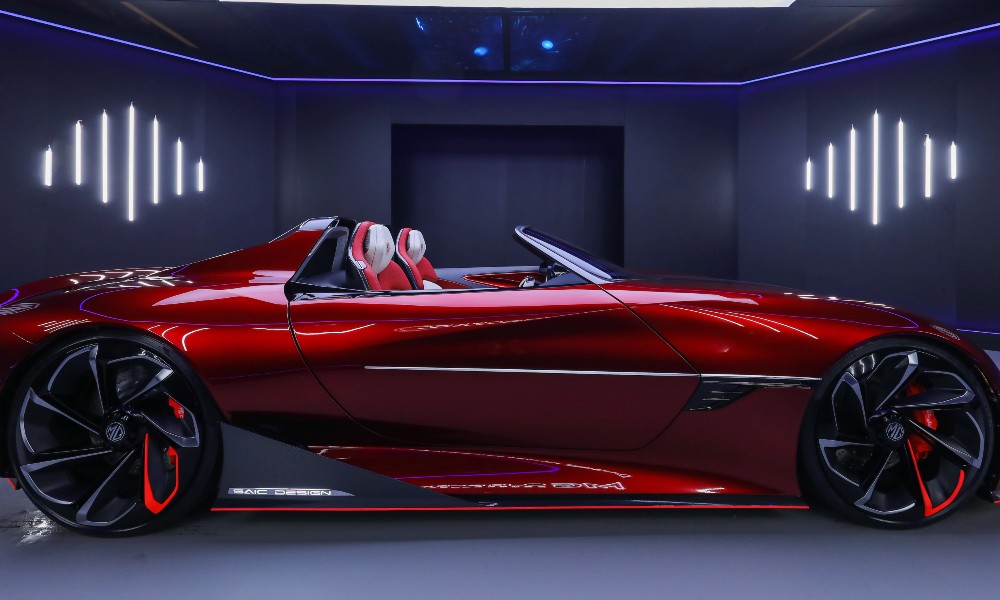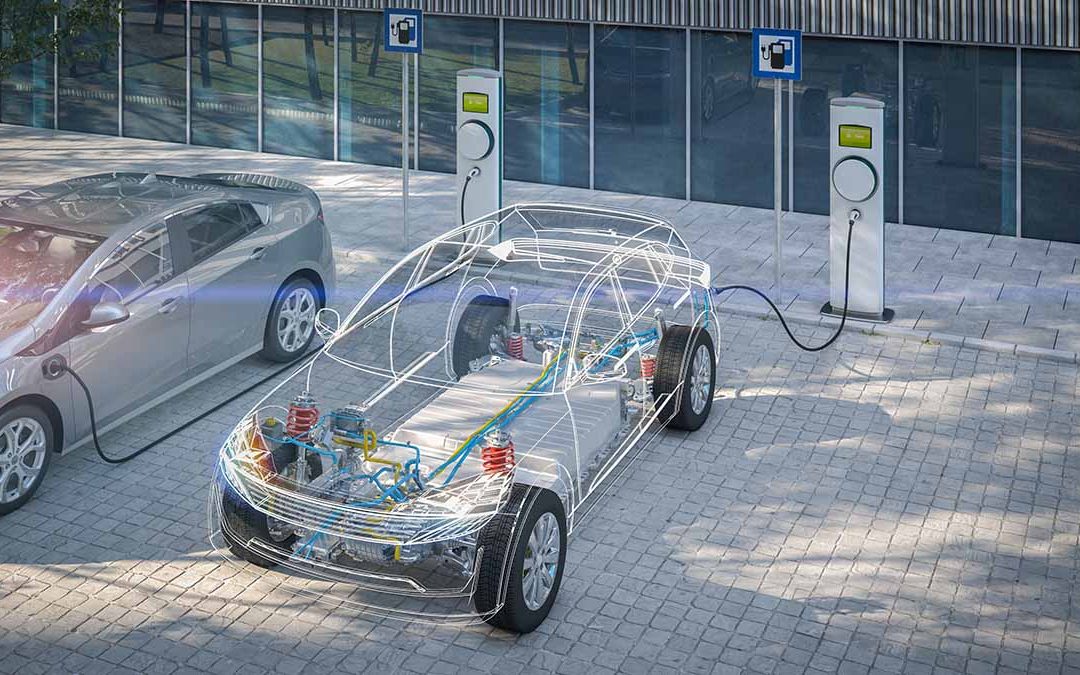Wireless charging technology has been gaining popularity in recent years, and it has now made its way into the electric vehicle industry. This technology has the potential to revolutionize the way electric vehicles are charged and maintained, making them more convenient and user-friendly.
What is Wireless Charging?
Wireless charging is a technology that allows power to be transferred from a power source to an electronic device without the need for a physical connection. This is done using electromagnetic induction, which creates a magnetic field that transfers energy to the device. Wireless charging is already widely used in mobile phones, smartwatches, and other small electronic devices.
How Does Wireless Charging Work for Electric Vehicles?

Wireless charging for electric vehicles works in a similar way to wireless charging for other electronic devices. A charging pad is installed on the ground, and a receiver is installed on the underside of the vehicle. When the vehicle is parked over the charging pad, the receiver picks up the electromagnetic signal and converts it into electrical energy, which is then used to charge the vehicle’s battery.
The technology is not yet widely available for electric vehicles, but it is being developed by several companies. One of the most well-known companies working on wireless charging for electric vehicles is WiTricity. The company has developed a wireless charging system that can be retrofitted to existing electric vehicles.
Implications for Electric Vehicles
The emergence of wireless charging for electric vehicles has several implications for the industry. One of the most significant implications is the potential to make electric vehicles more convenient to use. Currently, one of the biggest barriers to widespread adoption of electric vehicles is the need to plug them in to charge. With wireless charging, users can simply park their vehicle over a charging pad, and the vehicle will start charging automatically. This eliminates the need for users to remember to plug in their vehicle every night and can make electric vehicles more attractive to consumers.
Another potential implication of wireless charging is the ability to charge electric vehicles on the go. Currently, electric vehicle owners must plan their trips carefully to ensure they can make it to their destination without running out of charge. With wireless charging, charging pads could be installed along highways and other busy roads, allowing electric vehicle owners to charge their vehicles on the go.
Conclusion
Wireless charging technology has the potential to revolutionize the way electric vehicles are charged and maintained. The convenience and ease-of-use of wireless charging could make electric vehicles more attractive to consumers and could help to increase the adoption of electric vehicles. While the technology is not yet widely available for electric vehicles, it is being developed by several companies, and it is likely that we will see more widespread adoption of wireless charging in the coming years.











